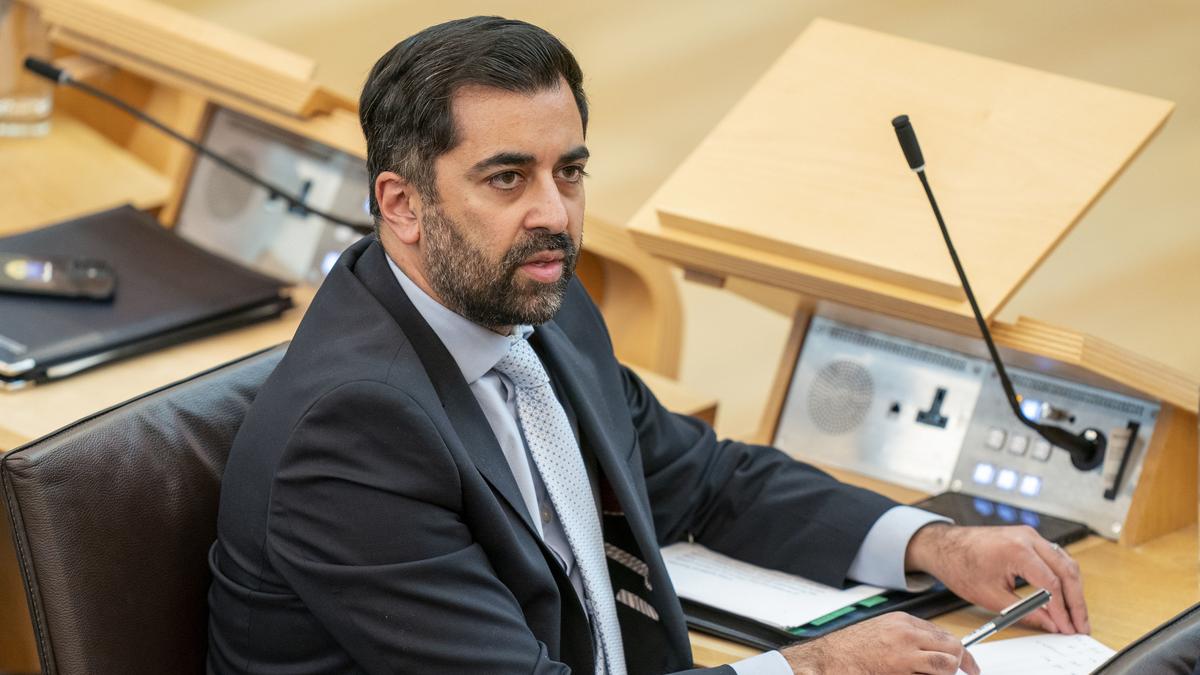
Why did Scotland’s government under Humza Yousaf fall apart? | Explained Premium
The Hindu
Following Scottish National Party’s decision to scrap the 2030 interim target on lowering Scotland’s emissions, the party’s Bute House power-sharing agreement ended on April 25.
The story so far: Scottish National Party (SNP) leader John Swinney was sworn in as the First Minister of Scotland at a brief ceremony in capital Edinburgh on Wednesday. The development follows the announcement of Humza Yousaf’s resignation from the post as well as from SNP’s leadership in April. Earlier, Mr. Yousaf ended SNP’s Bute House power-sharing agreement with the Scottish Greens party, following his party’s decision to scrap climate targets.
The SNP is a pro-Scottish independence party. Following the end of the power sharing agreement, the Scottish Tories tabled a motion of no confidence against Mr. Yousaf and Scottish Labour tabled a motion against the entire government.
The SNP has been in turmoil since 2021 over complaints related to its finances. The police had in July 2021 launched Operation Branchform to investigate the complaints.
Former First Minister Nicola Sturgeon stepped down from the post in February 2023 after her eight-year tenure, and was arrested and released without charges pending further investigation in June 2023 pertaining to the police probe into the governing SNP’s finances.
The investigation period has also seen multiple resignations from the party as well as many arrests.
Peter Murell, Ms. Sturgeon’s husband and former SNP chief executive, was first arrested and released without charges in April 2023. He was re-arrested in April 2024 and charged over embezzlement of party funds.
Bute House is the name of the official residence of the Scottish First Minister in Edinburgh.











